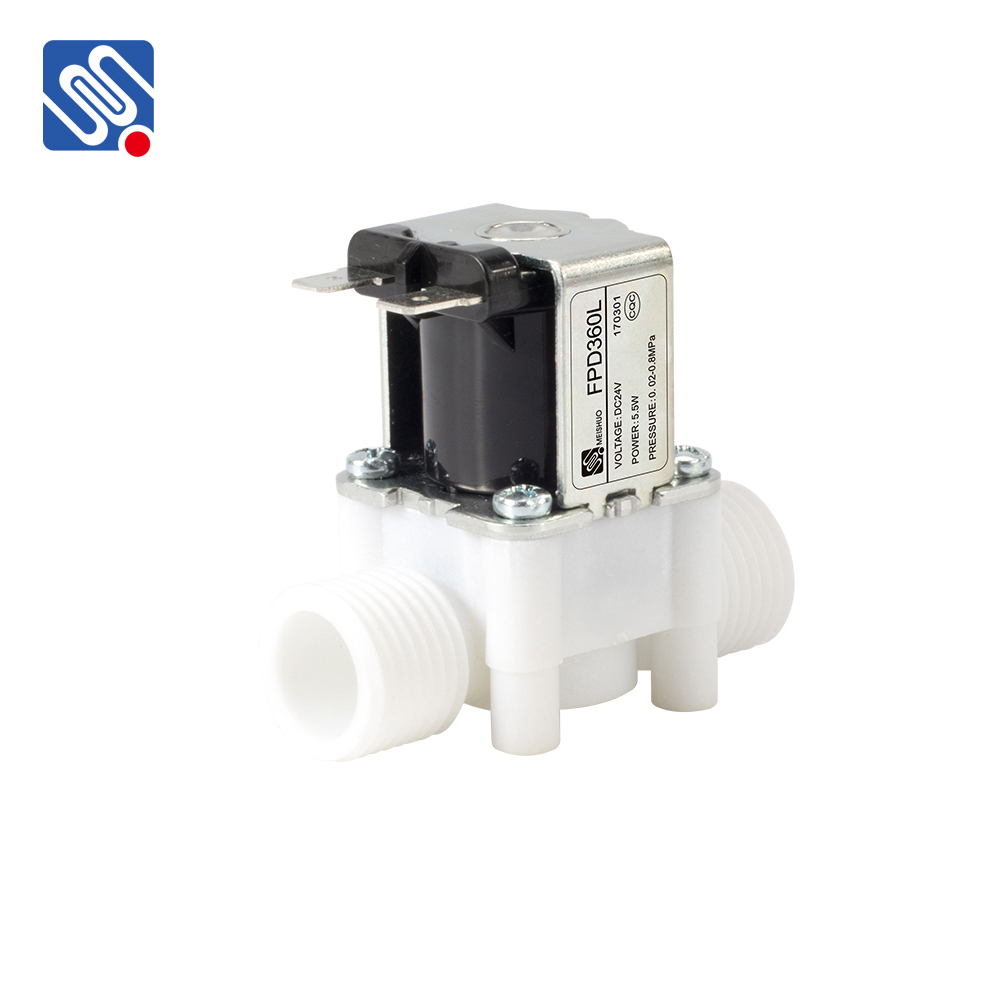A Plastic Water Solenoid Valve is an essential component widely used in fluid control systems, especially in water-based applications. With its ability to automate the flow of water, it plays a critical role in various industries, including agriculture, water treatment, and even household systems. This article provides a detailed overview of the Plastic Water Solenoid Valve, explaining its function, benefits, materials, and common uses.

What is a Plastic Water Solenoid Valve? A Plastic Water Solenoid Valve is an electrically controlled valve that regulates water flow in a system. It operates using an electromagnet—when the valve’s coil is energized, the magnetic field generated either opens or closes the valve, allowing or blocking water flow. These valves are primarily made of plastic materials such as PVC, polypropylene, or PVDF (Polyvinylidene fluoride), which makes them particularly suited for water systems due to their resistance to corrosion, light weight, and cost-effectiveness. How Does a Plastic Water Solenoid Valve Work?